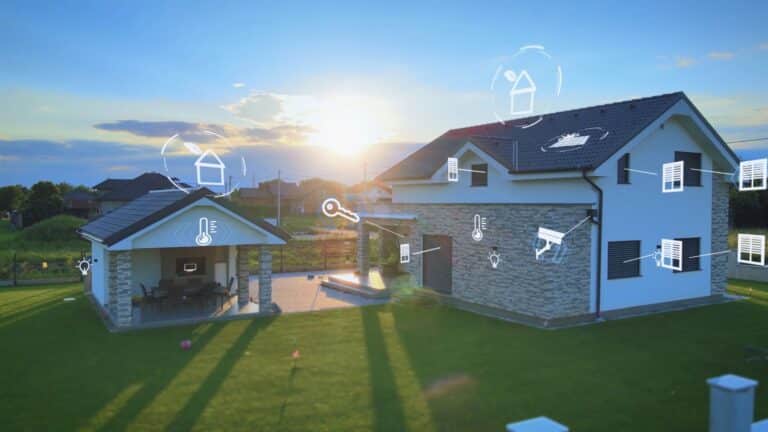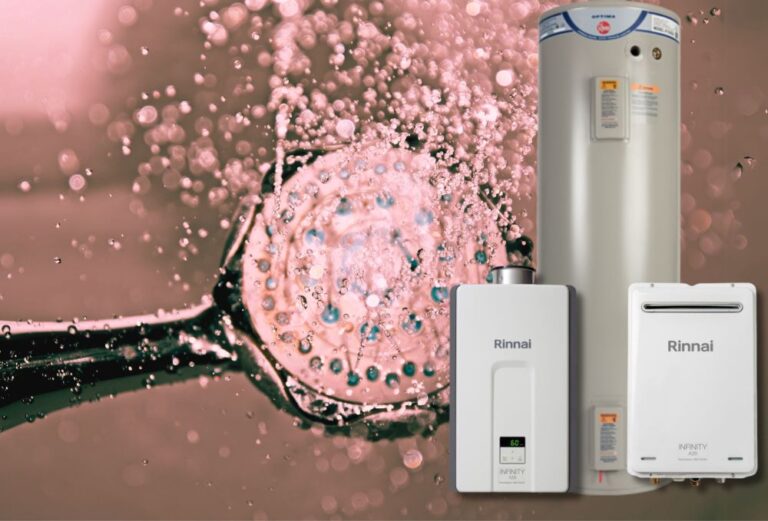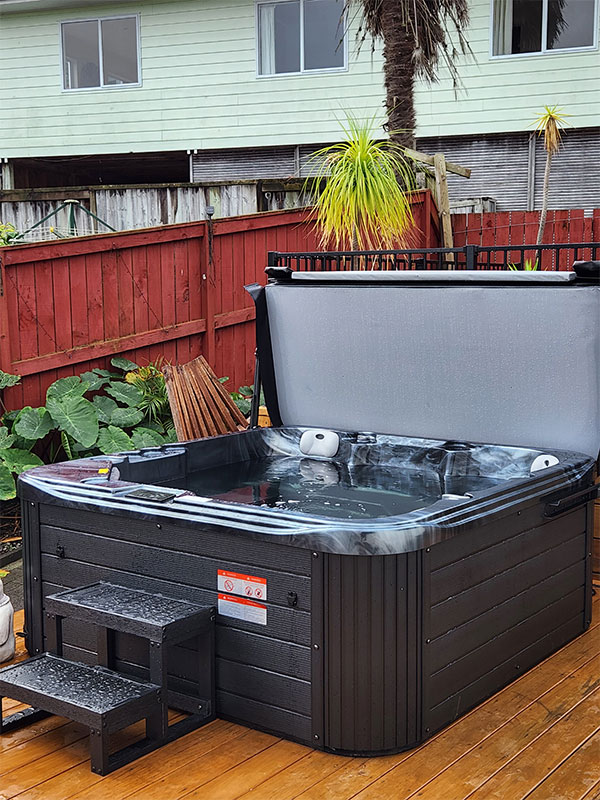Your home contains more than just furniture and appliances – it houses your most precious possessions, from family heirlooms and fine jewellery to important documents and collectibles. These items represent not only a significant financial investment but also irreplaceable memories and emotional value.
Understanding Your Valuables
Categorising Your Precious Items
Before implementing security measures, conduct a thorough inventory of your valuables. Group items by category:
Jewellery and Precious Metals: Engagement rings, wedding bands, inherited pieces, watches, gold and silver items, costume jewellery with sentimental value.
Important Documents: Birth certificates, passports, property deeds, insurance policies, wills, financial records, family photographs.
Electronics and Technology: Computers, tablets, cameras, gaming systems, smart home devices, audio equipment.
Collectibles and Art: Artwork, antiques, coins, stamps, books, memorabilia, vintage items.
Cash and Gift Cards: Emergency cash reserves, unused gift cards, foreign currency.
Assessing Value and Risk
Determine both monetary and sentimental value for each category. Items with high emotional significance may require the same level of protection as financially valuable pieces. Consider which items would be most attractive to thieves – small, easily portable, high-value items like jewellery and electronics are primary targets.
Home Safe Solutions
Choosing the Right Safe
A quality home safe is your first line of defence for protecting small valuables. Consider these factors when selecting a safe:
Size and Capacity: Choose a safe large enough for current needs with room for growth. Consider the dimensions of your largest items, including document folders and jewellery boxes.
Fire Protection: Look for safes with fire ratings that specify both temperature protection and duration. Important documents and photographs require lower temperature thresholds than metal items.
Security Rating: Residential security safes are rated by their resistance to various attack methods. Higher ratings indicate better protection but come with increased cost and weight.
Locking Mechanism: Digital locks offer convenience and the ability to change combinations, while mechanical locks don’t rely on batteries or electronics that could fail.
Proper Safe Installation
The most secure safe is worthless if it can be easily removed. Safes under 100 kilograms should be bolted to the floor or wall studs. Choose an inconspicuous location away from main living areas – a bedroom closet floor or basement corner works well.
Avoid obvious locations like master bedroom dressers or home offices where thieves typically search first. The safe should be positioned to prevent easy access to its back or sides, making it difficult to attack mounting bolts.
Alternative Storage Solutions
Safety Deposit Boxes
While traditional safety deposit boxes are less common in New Zealand, they remain the most secure option for your most precious items. These are ideal for documents you rarely need, expensive jewellery worn only on special occasions, and irreplaceable family heirlooms.
Consider the trade-off between security and accessibility. Items stored in safety deposit boxes are extremely secure but require a trip to the bank during business hours to access.
Hidden Storage Options
Creative concealment can provide additional security layers. Purpose-built hidden safes disguised as books, wall outlets, or household items can protect smaller valuable items. However, these should supplement, not replace, proper safe storage.
Avoid DIY hiding spots that seem clever but are actually common – thieves know to check freezers, medicine cabinets, and dresser drawers. Professional burglars are familiar with most amateur hiding techniques.
Advanced Security Measures
Jewelry-Specific Storage
Different types of jewellery require different storage approaches:
Fine Jewellery: Store in individual soft pouches or lined compartments to prevent scratching. Pearls need to breathe and shouldn’t be stored in airtight containers.
Watches: Automatic watches benefit from watch winders if worn regularly, but these should be kept in secure areas since they’re often visible and attractive to thieves.
Vintage and Antique Pieces: These may require climate-controlled storage to prevent deterioration. Consider the specific needs of different metals and gemstones.
Well known Christchurch Jeweller, Marc Bendall, always advises pairing a reliable home security system with a well-hidden, securely mounted safe offers robust protection for your valuables. While the alarm deters intruders and triggers a rapid response, the safe provides a physical barrier that slows down or prevents theft entirely.
Technology Integration
Modern security systems can provide sophisticated protection for your valuables:
Smart Safes: These connect to your home network and can send alerts when accessed, track access attempts, and even take photos of users.
Inventory Management Apps: Use smartphone apps to maintain detailed records of your valuables, including photos, serial numbers, and values.
Environmental Monitoring: Smart sensors can monitor temperature, humidity, and vibration around storage areas, alerting you to potential threats or environmental changes.
Documentation and Insurance
Creating Comprehensive Records
Proper documentation serves multiple purposes: insurance claims, police reports, and personal inventory management. For each valuable item, record:
- Detailed description including brand, model, and unique identifying features
- Serial numbers where applicable
- Purchase receipts and appraisals
- High-quality photographs from multiple angles
- Current estimated value
Store these records separately from the actual items – cloud storage, safety deposit boxes, or with trusted family members are good options.
Insurance Considerations
Standard homeowner’s insurance typically provides limited coverage for valuables. To protect your investment further, have valuable items like jewellery professionally appraised. This ensures your insurance coverage truly reflects its current value if something unexpected occurs.
Consider additional coverage for:
Scheduled Personal Property: This covers specific high-value items individually listed on your policy.
Increased Coverage Limits: Raising overall limits for categories like jewellery and electronics.
Replacement Cost Coverage: Ensuring you can replace items at current market prices rather than depreciated values.
Regular appraisals are essential for insurance purposes, especially for items that may appreciate in value over time.
Behavioral Security Practices
Discretion and Privacy
The most secure valuables are those that potential thieves don’t know exist. Practice discretion by:
- Avoiding social media posts featuring expensive items
- Being cautious about who you allow into your home
- Not discussing valuable purchases in public
- Varying routines to avoid predictable patterns
Access Control
Limit knowledge of your security measures to trusted family members. If household staff, contractors, or others require access to your home, ensure valuables are properly secured and consider temporary additional measures.
Travel Considerations
When traveling, take extra precautions:
- Use timers and smart home systems to simulate occupancy
- Avoid obvious signs of extended absence
- Consider moving especially valuable items to safety deposit boxes
- Arrange for trusted neighbors or family to check on your property
Emergency Preparedness
Natural Disasters
New Zealand’s geological activity requires special consideration for protecting valuables:
Earthquake Preparation: Ensure safes are properly anchored and consider earthquake-resistant mounting systems. Important documents should be stored in waterproof containers.
Flood Protection: Elevate storage areas above potential flood levels and use waterproof containers for documents and photographs.
Fire Safety: Fireproof safes and off-site storage for irreplaceable items provide protection against house fires.
Recovery Planning
Develop a plan for accessing important documents and valuables in emergency situations. This should include:
- Emergency contact information for insurance companies and banks
- Copies of important documents stored off-site
- List of items in safety deposit boxes
- Contact information for appraisers and security companies
Professional Services
Security Consultations
Consider hiring security professionals to assess your specific needs. They can identify vulnerabilities you might overlook and recommend solutions tailored to your home’s layout and your particular collection of valuables.
Installation Services
Professional installation ensures safes and security systems function properly. This is particularly important for floor-mounted safes, which require proper preparation and anchoring.
Regular Maintenance
Schedule periodic reviews of your security measures. Technology evolves, and your collection may change over time. Annual security assessments help ensure your protection remains current and effective.
Building Your Security Strategy
Layered Protection
The most effective security combines multiple approaches:
- Physical Security: Proper safes, locks, and barriers
- Technology: Alarms, cameras, and monitoring systems
- Documentation: Comprehensive records and insurance
- Behavioral: Discretion and smart practices
- Professional: Expert advice and installation
Budget Considerations
Security measures should be proportional to the value of what you’re protecting. Start with basic measures like a quality safe and proper documentation, then add more sophisticated systems as your collection grows.
Remember that the cost of comprehensive security is typically much less than the potential loss from theft or damage.
Conclusion
Protecting your valuable possessions requires thoughtful planning and consistent implementation. The most beautiful jewellery loses its value if it’s stolen, and important documents become worthless if they’re damaged or lost. By combining proper storage, documentation, insurance, and smart security practices, you can enjoy your precious possessions while keeping them safe for future generations.
Your security system should evolve with your needs and take advantage of new technologies while maintaining the fundamental principles of layered protection. The




